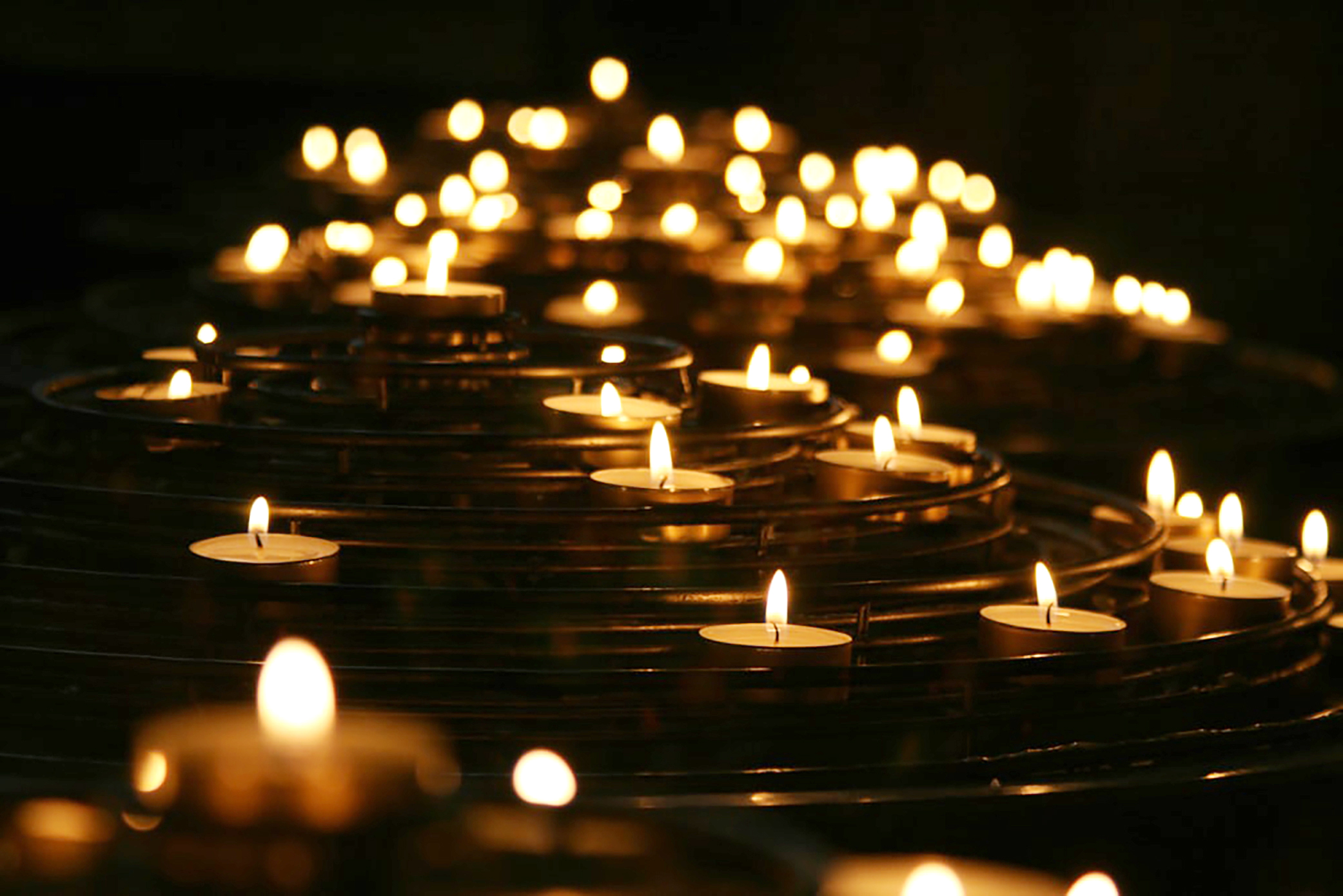Pinoy pamahiin
Make sure you don't accidentally bring a biscuit or an ensaymada from a wake, or else…
At A Glance
- In the captivating world of Filipino traditions, the lamay (wake) weaves together somber reflections and a touch of ghostly hilarity, creating a unique tradition that celebrates both life and the afterlife

By JACQUELINE LUCERO
In July 2023, our family embarked on a heartfelt farewell journey, beginning with the passing of our dear Aunt MamaNe and concluding with the departure of her brother, Uncle Noy, also known as Papsi, just 28 days later. The lamay (wake) became our bittersweet sanctuary of mixed emotions, allowing us to savor precious memories a little while longer. Amid the comforting embrace of prayers, age-old superstitions, and shared stories, the priest’s words resonated like a gentle whisper, reminding us that death isn’t a final goodbye but rather an affirmation of the sentiment “until we reunite once more.”
In the captivating world of Filipino traditions, the lamay (wake) weaves together somber reflections and a touch of ghostly hilarity, creating a unique tradition that celebrates both life and the afterlife.
Imagine this: You’ve said your goodbyes at the wake, but oh no, you can’t just head straight home because, according to pamahiin (superstitious belief), the deceased spirit and other wandering ghosts might decide to tag along and turn your living room into their own supernatural hangout spot!
Enter the genius concept of “pagpag,” which literally means shaking off dirt or, in this case, shaking any spirits off, as the practice of stopping elsewhere before heading home.
Most of us stop by the trusty 7-11 stores because it’s the most convenient location, but now it’s known as a ghost-busting pitstop destination (no, this isn’t a sponsored haunting article).
So, what do we do after we stop by 7-11? What else but load up again and munch on siopao, Slurpee, chocolates, and chips while doing pagpag. One often wonders if the ghostly population of this convenience store has skyrocketed due to all the “pagpag” pit stops that people make.
But hold on—there’s a delicious twist to this tale. Just as you’re escaping ghostly company through snacking, you find yourself surrounded by even more food! Bringing back food from the wake? Nope, that’s a big ghostly no-no. “Sharon” or “balutin mo ako ng init ng iyong...pagkain” will be frowned upon.
It seems spirits have a strong appreciation for food, and leaving a midnight feast out for them might be too tempting. So, much like your “pagpag” adventure, the wake's culinary offerings take a detour at the funeral chapel and stay there. Just make sure to check your pockets and bags for any candies or cheesy ensaymada leftovers that you might have absentmindedly placed inside.
Additionally, there is this concept called “Padasal,” where a group of old women would do the whole prayer for the dead ritual and make use of the microphone with wild abandon in the sing-song melodious voice, much like the Pabasa during the Holy Week. The louder, the better. The cringey pronunciation of the names of our departed would repeatedly be heard until the prayer was up, which lasted from 40 minutes to an hour.

Prayers are also prepared in the local dialect where you are holding the wake. For my aunt, since she’s from Davao, the dialect is Visayan, and for my uncle, who was laid to rest in Laguna, it was recited in Tagalog.
In the midst of our humorous rituals and ghostly escapades, there’s a poignant truth that emerges—a truth that transcends the laughter and the spooky tales. The Filipino lamay is not merely a gathering of the living, nor is it a mere farewell to the departed. It’s a testament to the enduring bonds of family and community, a celebration of life and the stories that intertwine us, and a recognition that, even in the realm of superstitions and snacks, love and memories know no bounds.
So, the next time you’re enjoying a post-wake snack spree at your favorite convenience store, amid potential phantom chuckles, savor the eccentricities of tradition, the strength of the human spirit, and the incredible power of humor in the face of grief. Who knows, your chips might just be shared with an otherworldly snack buddy!